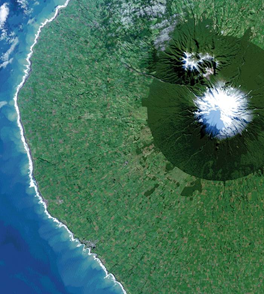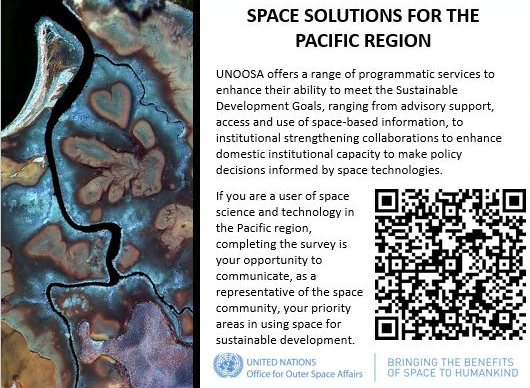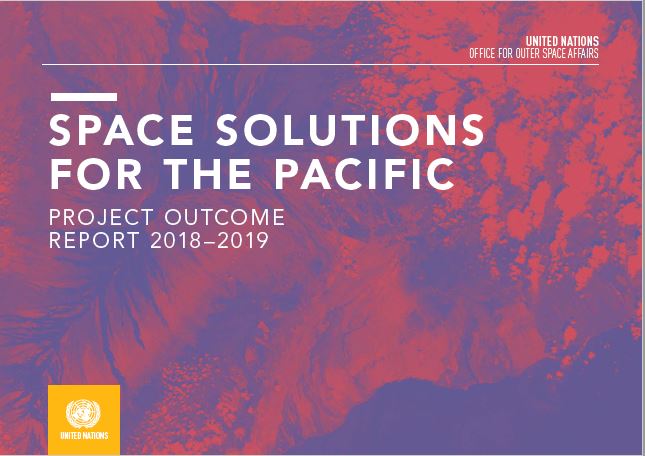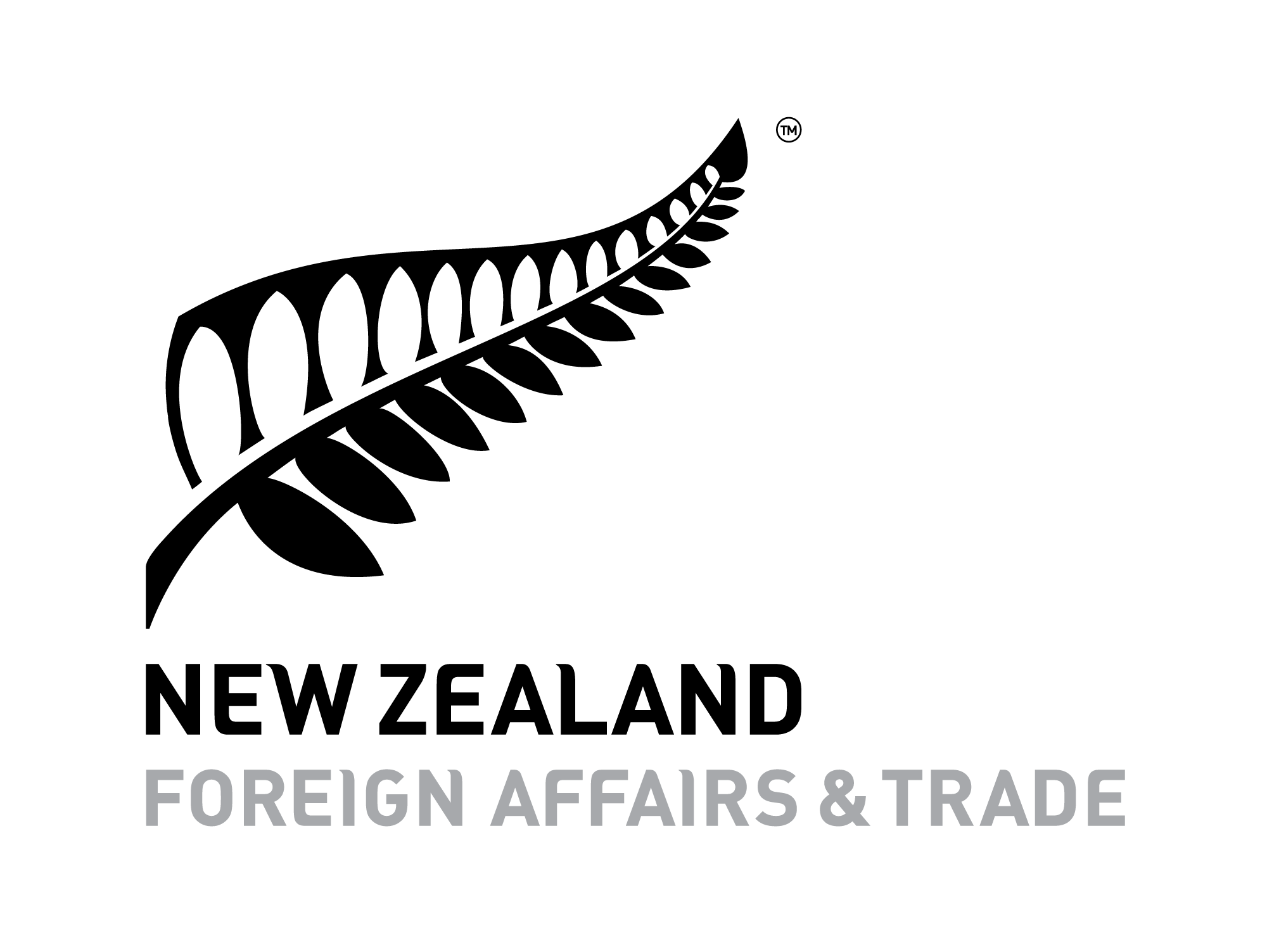Space Solutions for the Pacific Project
Context

As the UN's gateway to space, the UN Office for Outer Space Affairs (UNOOSA) works to bring the benefits of space science and technology to everyone, everywhere. UNOOSA's programmatic activity provides space solutions to real-world problems by enhancing capacity to use space-based technology applications to accelerate the achievement of the UN's 2030 Sustainable Development Agenda.
Recent research (2018) from UNOOSA shows that use of space-based technologies is fundamental to the implementation, monitoring and reporting of progress towards the UN's Sustainable Development Goals (SDGs). In this context, UNOOSA offers Pacific Island States a range of programmatic services to enhance their ability to meet SDG targets, including climate change (SDG 13), illegal fishing (SDG 14), telecommunications (SDG 9), global health (SDG 3) and disaster risk reduction (SDG 11). These services range from Technical Advisory Missions (TAMs) identifying ways to increase capacity to access and use space-based information to Institutional Strengthening Missions (ISM) to enhance domestic institutional capacity to make space-informed policy decisions.
Further, UNOOSA - working in partnership with regional stakeholders from the Pacific Community (SPC) and UN Development Programme (UNDP) - is well positioned to also link the Pacific Island States to third-party space solution providers from the commercial sector, national space agencies and other UN entities.
Sustainable Impact
To ensure sustainability of the project, a mapping exercise will initially be conducted (November 2018 - March 2019) to assure that gaps in existing activities and capacity are identified and consequently addressed, and to avoid duplication in future programmatic activities. Priority user needs will also be identified through assessment of existing activities and direct engagement with stakeholders, supported with steering national users in the Pacific to complete a short survey on their experiences using space science and technology to accelerate achviement of the SDGs in their national context. Direct stakeholder engagement secured by UNOOSA staff attendance at the SPC GIS&RS Conference will assist in connecting directly with stakeholders in the region. Data and results of the survey and mapping exercise will be shared with participants to ensure they own the results.
Results of the survey, mapping exercise and final space solutions framework will be made available to SPC and UNDP and other relevant UN entities for their independent use as desired. The partnership will offer an appropriate tool for the achievement of two specific targets of the SDG 17 'Partnership for the Goals' ( 17.6, 17.16 ) with spill-over effect to other SDGs. All efforts will be made to ensure Pacific-based third parties are identified as potential space solution providers to enhance international support for implementing effective and target capacity-building in developing countries through North-South, South-South and triangular cooperation ( target 17.9 ).
In the long-term the most tangible measurable will be the increase in the number of successful projects by matching user needs with space solution providers.
In summary, the project aims to:
- Map recent and ongoing space solution programmatic activity in Pacific Island States.
- Evaluate current capacities of Pacific Island States to analyze, interpret, and use space-based solutions and applications.
- Identify priority user Pacific Island States user needs.
- Match user needs with proposed UNOOSA programmatic activities and other relevant third-parties to provide sustainable space solutions in the Pacific.
Guiding principals
- Enhance the capacity of Pacific Island States to meet their SDG goals.
- Increase collaboration between host-governments, UNOOSA, SPC, UNDP and other relevant actors and UN agencies in the Pacific, while avoiding duplication of existing activities.
- Establish the institutional and infrastructural needs of Pacific Island countries to expand their use of space solutions for the SDGs.
- Build on existing knowledge from UNOOSA Technical Advisory Missions to the Pacific Island countries, working collaboratively with SPC, UNDP and others.
User Survey

As part of the project's information-gathering phase, users of space science and technology in the Pacific are invited to complete the project's survey using the link below. This short exercise will provide valuable data on ongoing activities in the region and how UNOOSA can best tailor future projects to complement and support existing programs and initiatives to use space science and technology to support SDG implementation in the region.
You can complete the short survey by clicking here.
Outcomes
- Results of user need mapping exercise, made available to collaborating partners (March 2019).
- Dedicated event to present project findings at the UN Committee on the Peaceful Uses of Outer Space Main Committee meeting (June 2019).
- Space Solution for the Pacific final report, including suggestions for future action (September 2019).
Sponsors
- This project is made possible through the generous support of the New Zealand Ministry of Foreign Affairs and Trade.


